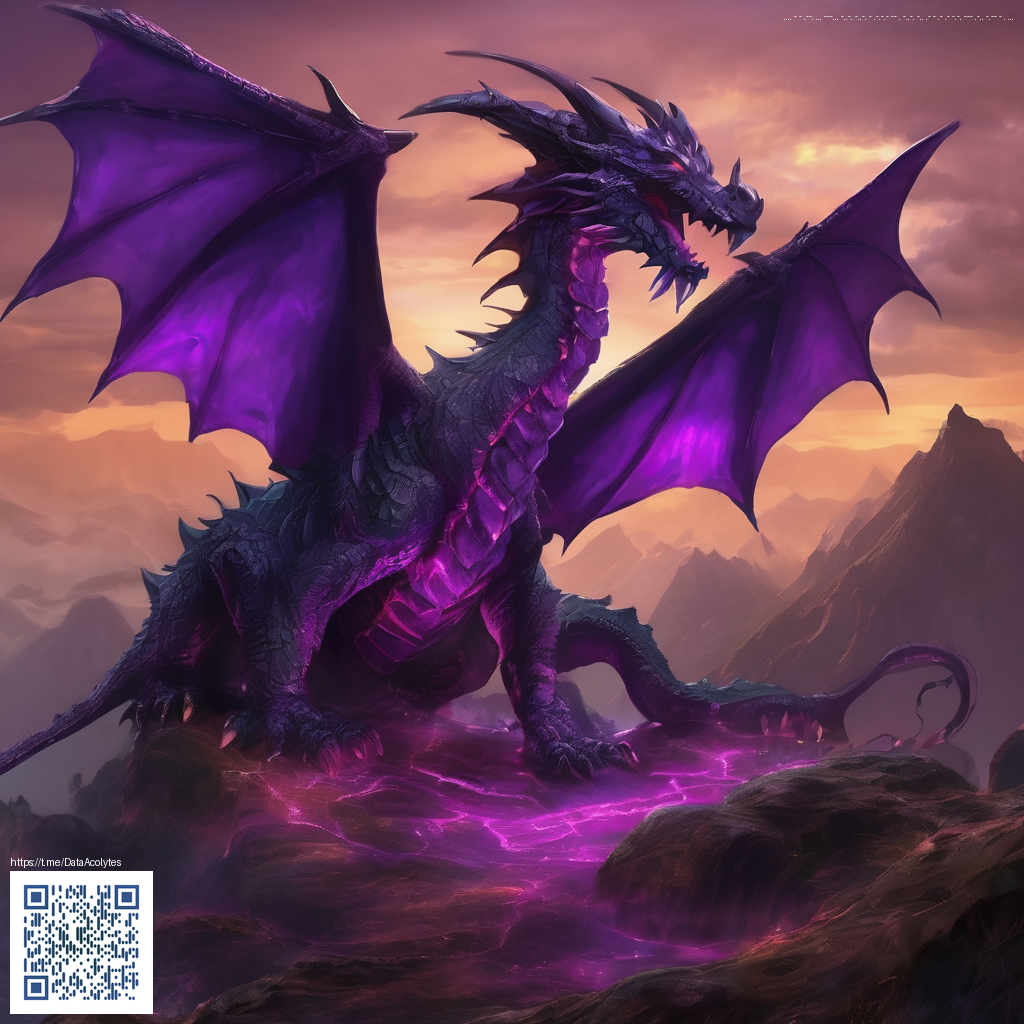The Rise of Gacha Mechanics and Their Impact on Games
The rise of gacha mechanics has reshaped how players experience progression, rarity, and reward. Originating from capsule toy systems and popularized by mobile titles, gacha turns random rewards into a suspenseful loop that can sustain engagement long after a game’s initial launch. What once felt like a novelty—an occasional surprise—has evolved into a core design pattern for live-service titles, with developers carefully tuning odds, pacing, and content cadence to maintain attention and revenue over time.
“Gacha mechanics convert curiosity into commitment, turning small, repeated actions into a persistent sense of discovery and ownership.”
For players, this model creates a compelling reason to log in daily, chase specific items, and participate in events that expose you to fresh content. For developers, it provides a scalable framework to monetize while delivering ongoing updates. The challenge lies in balancing excitement with fairness, ensuring that players feel valued even when results aren’t guaranteed. In practice, successful gacha systems blend achievable short-term rewards with meaningful long-term goals, so players experience a steady ladder of achievement rather than a single peak at launch.
How Gacha Shapes Game Design
Several design elements work in concert to create the gacha experience. Consider these core principles:
- Reward Schedules: Randomized pulls create anticipation, while pity timers or guaranteed-tier guarantees provide a safety net that preserves trust.
- Progression Loops: Players chase a blend of vanity items and functional upgrades, keeping the loop compelling across weeks or months.
- Content Cadence: Regular new characters, skins, or capabilities maintain novelty and give players reasons to return.
- Economy Design: In-game currencies, premium purchases, and time-limited events work together to steer spending without alienating free-to-play players.
- Transparency and Ethics: Clear odds disclosures and responsible pacing help manage expectations and reduce compulsive behaviors.
The impact of these choices extends beyond revenue. When executed thoughtfully, gacha systems can spur creative crossovers, diversify character rosters, and incentivize players to explore ancillary modes. Yet, when used aggressively, they risk frustrating players who feel nudged toward spending or who perceive the odds as misleading. The best titles walk the line with care, prioritizing player agency and sustainable engagement.
As you’re navigating long sessions on the go, the practical side of gameplay also matters. A durable setup can influence your ability to play comfortably, even during micro-windows of free time. For instance, having a reliable hardware accessory—such as the Ultra-Slim Lexan Phone Case for iPhone 16 with a glossy finish—helps protect your device without adding bulk, letting you focus on the pull-system and events rather than your grip on the device. These small considerations can enhance immersion during peak gacha events and longer live-ops marathons.
Industry analyses, including discussions around odds transparency, player protection, and regulatory responses, offer deeper context on how the market is evolving. A recent exploration of the rise of gacha mechanics highlights the tension between compelling design and responsible monetization. For readers who want to dive into a broader perspective, the article at https://defidegen.zero-static.xyz/38c7717c.html provides a detailed view of the trends shaping modern game economies and the choices developers face as they iterate on live services.
Emerging Trends and How to Respond
Several trends are shaping the future of gacha-driven experiences:
- Cross-Genre Adoption: From RPGs to strategy and casual games, gacha mechanics are being adapted beyond traditional loot systems, often with new reward categories that align with different player motivations.
- Personalization and Customization: Players crave more control over what they obtain, driving mechanics that emphasize cosmetic items and character skins with meaningful value beyond power.
- Better Odds Communication: Developers increasingly publish odds and implement transparent odds displays to build trust and reduce negative sentiment around luck-based rewards.
- Responsible Monetization: Features such as spending caps, opt-in protections for younger players, and better pacing help balance revenue goals with player well-being.
- Live Ops Optimization: Regular events, rotating pools, and limited-time rewards create timely incentives without overwhelming players with constant spending pressure.
For game designers and product teams, the takeaway is clear: successful gacha implementations align with a broader game experience that values retention, meaningful progression, and a positive player relationship. That means designing loops that reward skill and strategy as well as luck, offering transparent odds, and balancing time-gated content with genuine opportunities to earn without pressure. It’s a nuanced craft that can elevate a game's longevity when approached with integrity and clarity.
